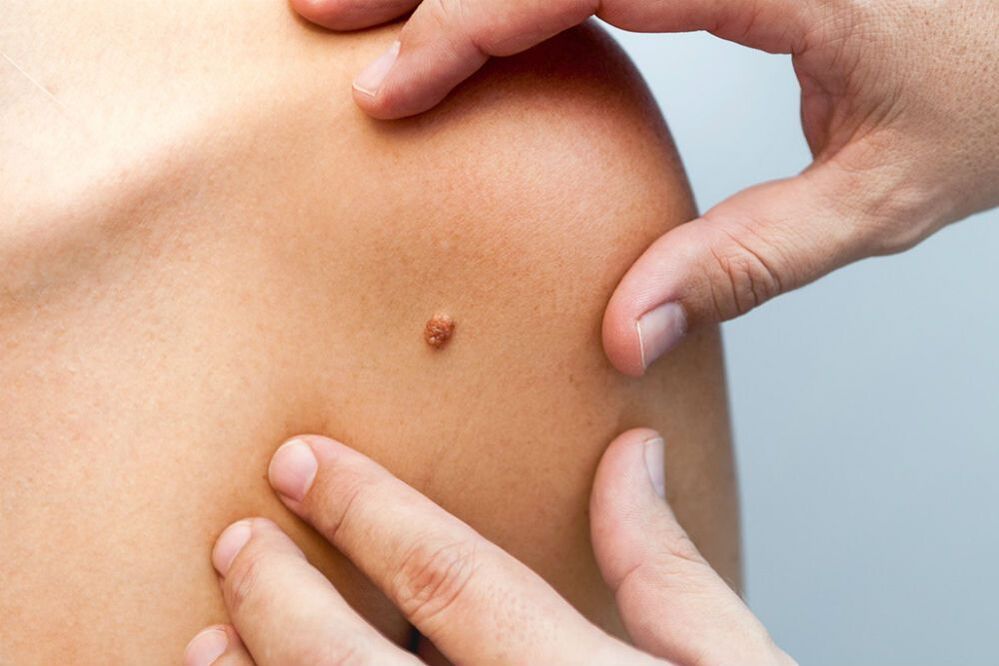
Human papilloma virus (HPV) is a group of common pathogens that can infect the skin and mucous membranes. Basically, pathology is diagnosed in patients aged 20-30 years, as well as in children under 5 years old. According to statistics, approximately 22 percent of the world's inhabitants are carriers of HPV. Many patients are affected by several strains simultaneously.
Currently, more than 190 genotypes of the pathogen are known. They differ in the structure of DNA, the course and possible complications. 30 pathogens can infect the epithelium of the internal and external genital organs. It is worth noting that many strains of HPV are characterized by pronounced carcinogenic activity. Therefore, the virus often causes life-threatening complications: malignant tumors of the vagina, vulva, anal tract and penis.
Causes of HPV
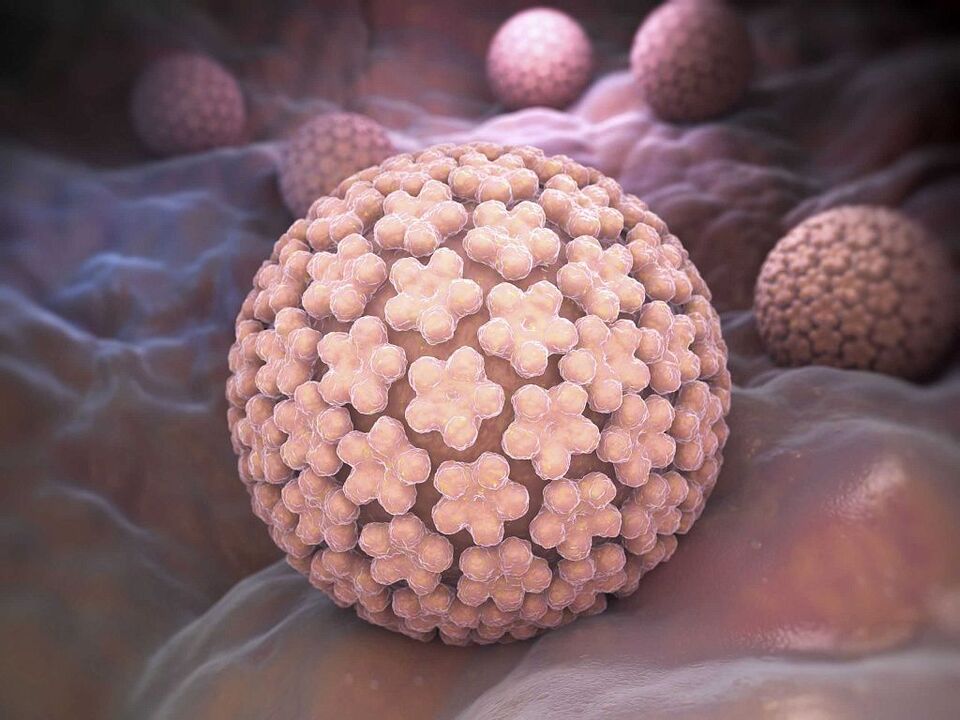
The only cause of infection.human papilloma virusIt is contact with the causative agent of the disease. However, certain factors significantly increase the chances of becoming infected. Exactly:
- Refusal to use barrier contraceptives. Only a male or female condom, as well as special latex wipes, can protect against infection.
- Frequent change of sexual partners. If you do not pay enough attention to your own safety, the risk of infection increases significantly.
- Early initiation of sexual relations. Sexual relations during adolescence usually cause HPV infection due to an irresponsible attitude to prevent the transmission of the pathogen.
- Failure to comply with hygiene rules. Insufficient self-care leads to the growth of pathogenic microflora on the skin and mucous membranes, which negatively affects sensitivity to the virus.
- Bad habits. The body's immune defenses are significantly affected by addictions: alcohol abuse, smoking and consumption of psychoactive substances.
- Weakened immunity. The causes of the condition can be vitamin and mineral deficiencies, past illnesses, and psycho-emotional overload.
- Long-term pharmacological treatment. Hormonal drugs taken over a long period have an especially pronounced effect.
- Traumatic injuries. Lesions of the mucous membranes and skin become the "gateway" to infection.
- Chronic stress. They also affect the patient's immune system and hormonal level.
- Gynecological interventions. Risk factors for HPV include spontaneous or miscarriages.
- The pregnancy. Often the disease first appears during pregnancy. Pregnancy is associated with increased stress on the body, which increases susceptibility to pathogenic flora.
Risks include certain diseases, such as uterine dysplasia. Regular preventive visits to a gynecologist and urologist help to significantly reduce the risks.
Symptoms
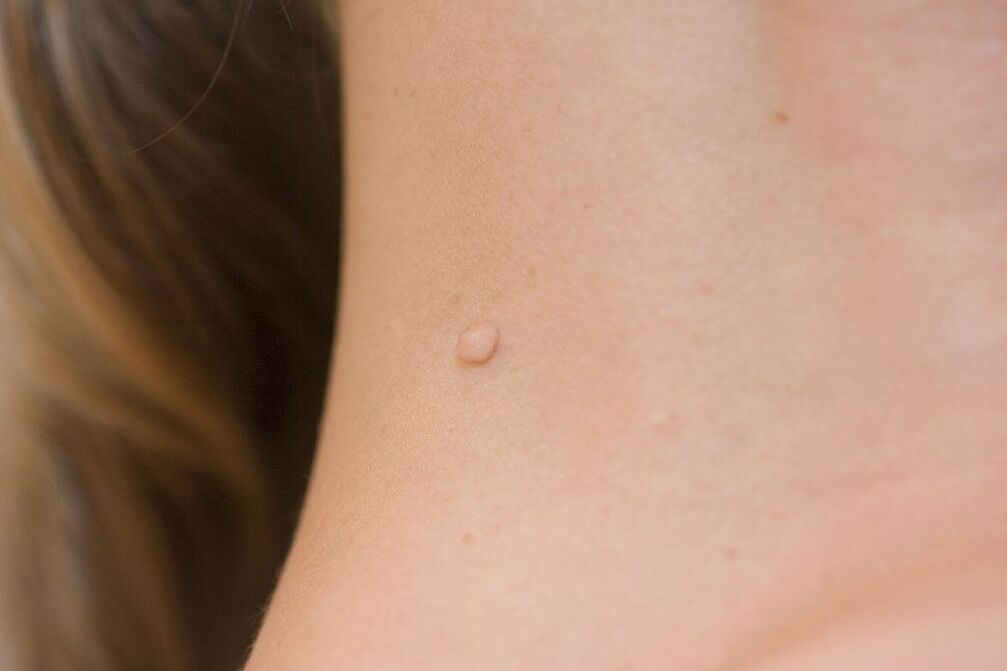
Of the total number of carriers of the pathogen, clinical manifestations of the papillomavirus are detected in only 5 to 10 percent of patients. The first symptoms may appear a few months after infection or after a couple of years. However, in this state a person represents a threat to others. You can infect other people through contact. Symptoms can be divided into subjective, indirectly indicating pathology, and objective characteristic manifestations of HPV. Subjective symptoms include:
- Papules. These are single or multiple formations that protrude from the skin or resemble spots. They appear on the skin and mucous membranes of the urogenital area.
- Skin itch. The patient often complains of itching in the genital area or other areas of the skin.
- Paresthesia. This is a sensitivity disorder in the affected area. Often the opposite manifestation occurs - dyspareunia. In this case, any contact brings pain.
- urinary dysfunction. There is a burning sensation, itching and pain when emptying the bladder. If the urethra is affected, urine production can become significantly difficult.
- Cracks. Bleeding cracks appear in the skin and mucous membranes, causing severe pain.
Such clinical manifestations may indicate various diseases of the genitourinary system. The objective symptoms of HPV allow an accurate diagnosis. These signs include:
- Genital warts. It is an elevation above the surface of the skin, characterized by an elongated, finger-shaped shape. Located in the genital area. They differ in a specific pattern: variegated or loop-shaped.
- Papular warts. It appears in keratinized areas of the genitals. It can be flat or regular.
- Stains. The nature of the stains varies. There are bright reds, browns with red undertones, rosy reds, whites with grays.
- Bowen's disease. These are papules or spots that are characterized by having a shiny or velvety surface. The tone varies from red to almost black.
- Giant condyloma. It is a small formation that gradually increases in size and merges into one.
- Respiratory papillomatosis. In this case, the formations are located in the oral cavity, respiratory tract and lungs.
In addition, HPV in women in later stages can manifest as uterine cancer. In 2008, this particular virus was discovered to be the cause of a malignant tumor. Cervical cancer does not occur as an independent disease. The pathology is accompanied by intense bleeding, pain in the abdomen and lower back, discomfort during intimacy, etc.
Transmission routes
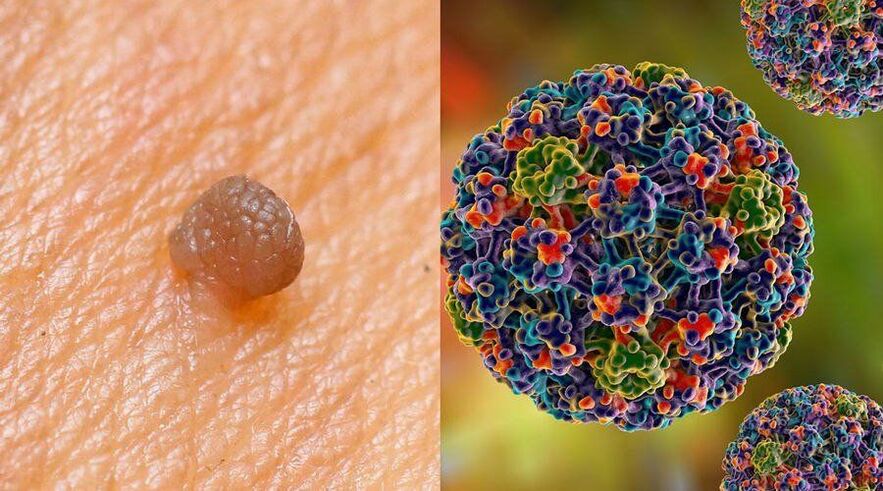
Doctors and scientists still argue about the spread of the human papillomavirus. Several experts believe that a single contact without the use of barrier contraceptives with an asymptomatic carrier is enough for the probability of transmitting the pathogen to a healthy partner to reach 70 percent. Other doctors say that such risks are relevant only in contact with carriers of papillomas. Statistics report that with regular proximity, transmission of the virus to a healthy person occurs within up to 6 months.
Infection can occur in a variety of ways. How is the papillomavirus transmitted?
- Sexual transmission. The main method of infection is sexual contact. When a condom is used, the risk is reduced to 10 percent. However, the pathogen can also penetrate during other intimate manipulations, for example, during a kiss.
- From mother to baby. A newborn can become infected with HPV from the mother during its passage through the reproductive tract. The typical results of this situation are cases of laryngeal papillomosis and anogenital warts.
- Contact route and home. The virus is also transmitted through regular household contacts. Most of the time this happens in common areas. The risk of infection is especially high in baths, saunas, gyms and swimming pools. Public toilets.
- Autoinfection. This is the transfer of a virus from an affected area to a healthy one, which occurs during shaving and hair removal.
Pathogenesis
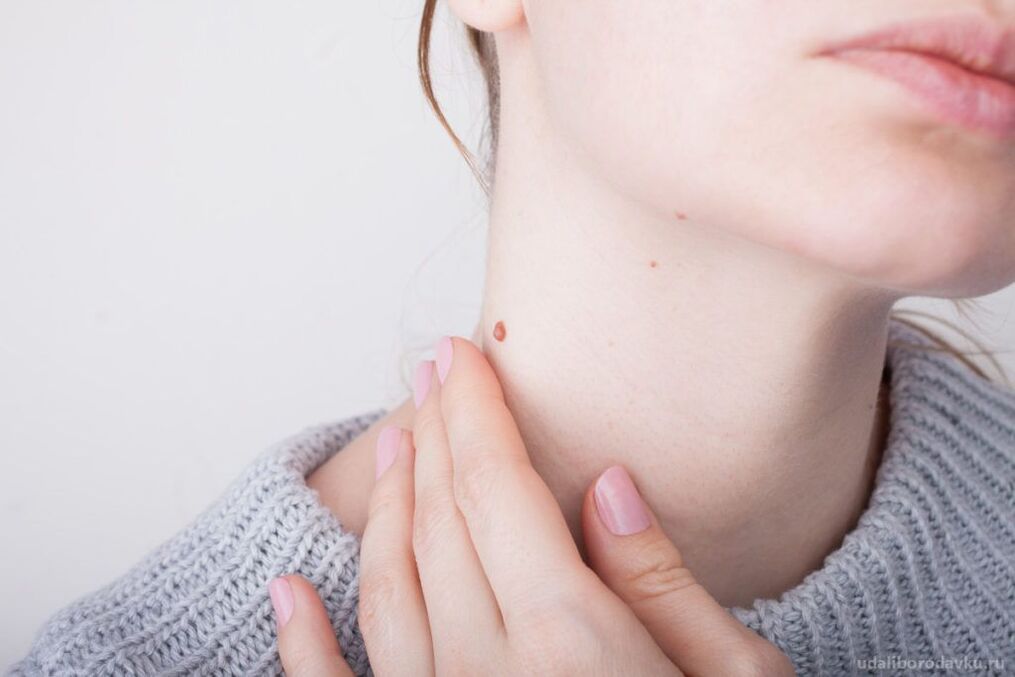
Pathogenesis is significantly influenced by the key ability of HPV. This is the only virus that does not penetrate the blood and, therefore, does not cause an inflammatory process. In simplified form, the pathogenesis of human papillomavirus is as follows:
- Infection. The source of the viral agents can be another person or commonly used objects. The risks of transmission increase significantly due to microtrauma to the skin and mucous membranes: wounds, cuts, cracks, acne.
- Incubation period. Pathologies that develop as a result of HPV penetration into the body usually have a latent onset. There is no exact length of the incubation period for this disease. The stage lasts from 1 to 3 months or reaches 2-3 years.
- Chronic presence Despite the absence of clinical manifestations, the disease progresses constantly. A person becomes a source of viral agents for others.
- Visual manifestations on the skin. The result of infection is the appearance of a benign or malignant formation at the site of entry of the virus.
At the initial stage, the pathogen affects the basal epithelial layer, localizing mainly on the mucous membranes of the genital organs, oral cavity and conjunctiva. The viral agent is capable of replicating exclusively within the basal epidermis without penetrating the bloodstream. Due to this characteristic, the body's immune system cannot combat the pathology to its full extent, but rather acts in an extremely limited manner.
The main cause of oncological pathologies against the background of HPV is an increased release of specific proteins that affect the process of cell division. First of all, proteins responsible for blocking tumor changes, controlling the life cycle and protecting against replication in the presence of DNA damage are affected.
Classification
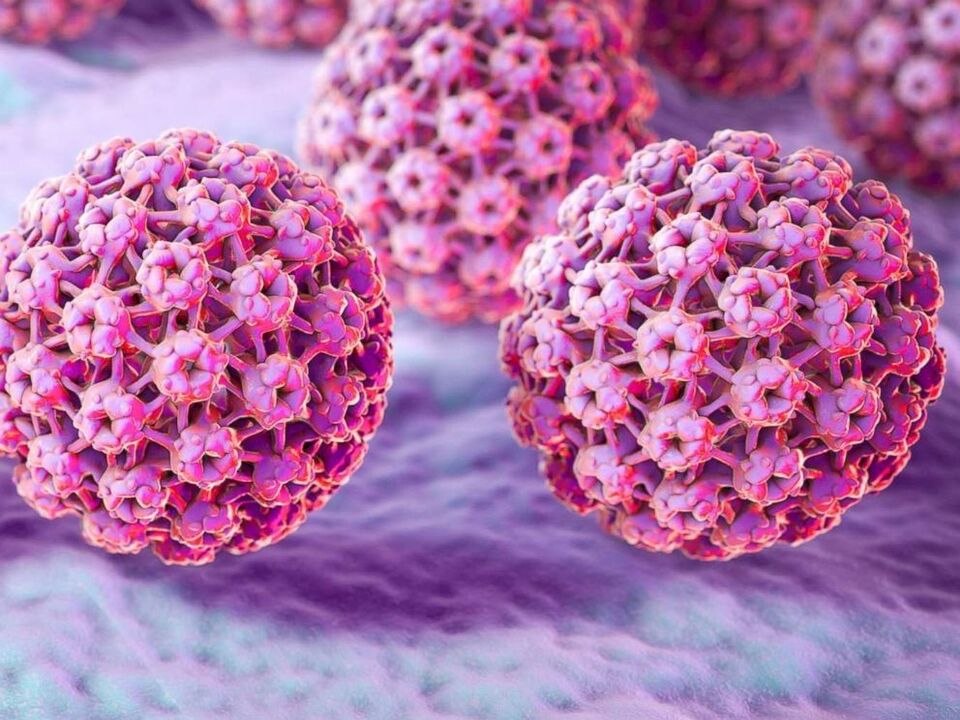
Due to the variety of strains, HPV types also differ significantly from each other. Many experts use several classifications of the pathogen at once. So, depending on the clinical picture, all cases of HPV can be divided into asymptomatic and with characteristic manifestations. There is a subclinical course in which periods of exacerbation are recorded. Depending on the location, they are distinguished:
- Fur. This type of human papillomavirus causes formation on the skin of the infected person.
- Anogenital. In this case, papillomas can be found mainly on the mucous membranes of the genital organs and in the anal area.
Often the main cause of discomfort for the patient is the external signs of HPV. When testing a pathogen, doctors focus more on the carcinogenicity of the strain. Exactly:
- Types of HPV that are not capable of causing malignant tumors. These include strains 1-5, 10, 28 and 49.
- Types of pathogens with reduced oncogenic activity. They can cause cancer, but in extremely rare cases. Among these strains are 6. 7, 32, 40-44 and others.
- Characterized by moderate oncogenicity. The proportion of affected cells that degenerate into cancer cells is quite high. The group includes strains 52-58, 30, 26 and others.
- Dangerous forms of human papillomavirus. It is these strains that predominantly cause malignant tumor formations. This includes 16, 18, 64, 73 and others.
Diagnosis of human papillomavirus.
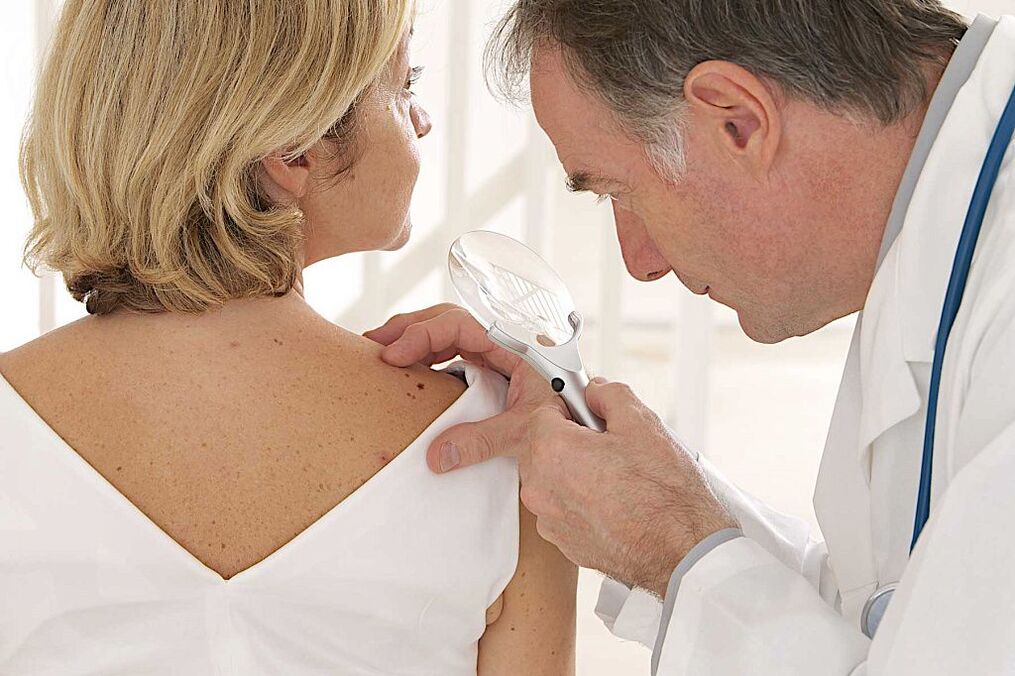
Various diagnostic techniques help identify papillomas in men and women. Therefore, to establish a diagnosis in a patient with a latent form, only molecular biology studies are effective. The most common and well-known method is PCR. Its objective is to determine the genetic properties of the material that is extracted from the patient. PCR helps identify not only the fact of infection, but also the specific strain of HPV. Subclinical and clinical forms can be diagnosed by methods such as:
- Simple colposcopy. Papillomas, warts and spots can also be detected during a routine visual examination. Colposcopy refers to the examination of the vaginal opening using a special binocular device. The examination may be accompanied by the collection of biological material for research.
- Extended colposcopy. During the exam, additional tests are used. A test with 3% acetic acid is indicative, which causes a narrowing of the blood vessels without changes. Additionally, an adrenaline test and a Chrobak test (if cancer is suspected) may be recommended.
- Cytological examination. To perform a diagnostic procedure, you will need material from the epithelium or skin cells. The sample is used to determine the DNA of the virus, as well as to exclude cancerous tumors. Normally, cytology detects only the most oncogenic types of viruses.
It is better to plan the collection of biomaterial for papillomavirus in women in the first half of the menstrual cycle, but not earlier than the fifth day. As a last resort, you can donate biological material later, if your period is more than 5 days away. Before the procedure, you should not wash your vagina. It is worth excluding sexual intercourse two days before collection. A similar rule applies to intravaginal ultrasound and colposcopy.
When HPV is diagnosed in men, material is collected from the urethra. It should have been at least two hours since he last urinated. It is important to avoid intimacy 48 hours before the test. Otherwise, the study may show false results.
Complications
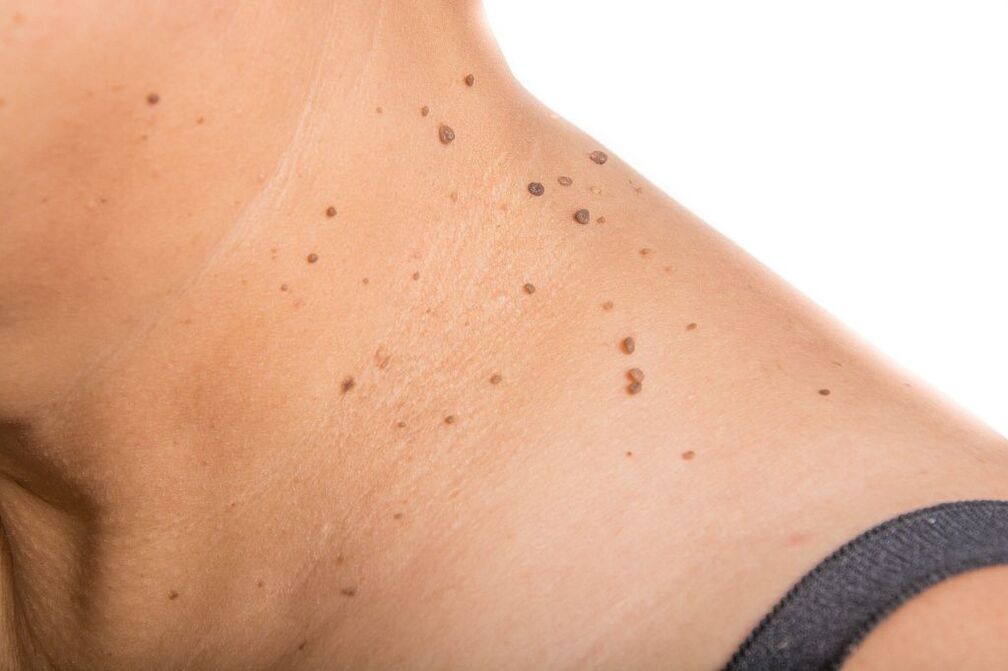
Complications of pathology include excessive growth of warts and papillomas. In rare cases, purulent-septic processes occur against the background of damage to the formation. Typical consequences of infection with oncogenic strains are the following conditions:
- Anal cancer. 80 percent of cases of detection of this malignant tumor are associated with HPV infection. Additionally, negative factors that influence the occurrence of anal cancer include anal sex, smoking, and hereditary predisposition. The disease may not manifest itself for a long time. Typical symptoms of the condition are rectal bleeding, itching and a foreign body sensation.
- Vaginal cancer. 70 percent of patients with this diagnosis suffer from human papillomavirus. The condition usually occurs in women over 40 years of age. Representatives of the fair sex over 70 years old are more susceptible to pathology. In the early stages, the symptoms may be confused with menstruation. In addition, pain appears in the pelvic area, constipation and tightness in the vagina.
- Cancer of the oral cavity and pharynx. One third of diagnoses are the result of HPV infection. The patient complains of pain when swallowing and eating food. In a calm state there is a sensation of a foreign body in the larynx. In the later stages, general weakness, nausea and loss of performance appear.
- Penile cancer. 50 percent of cases are caused by viral agents. It is a rare malignant tumor that involves a tumor process located in the male genital organ. The pathology is typical of men over 60 years of age.
HPV treatment
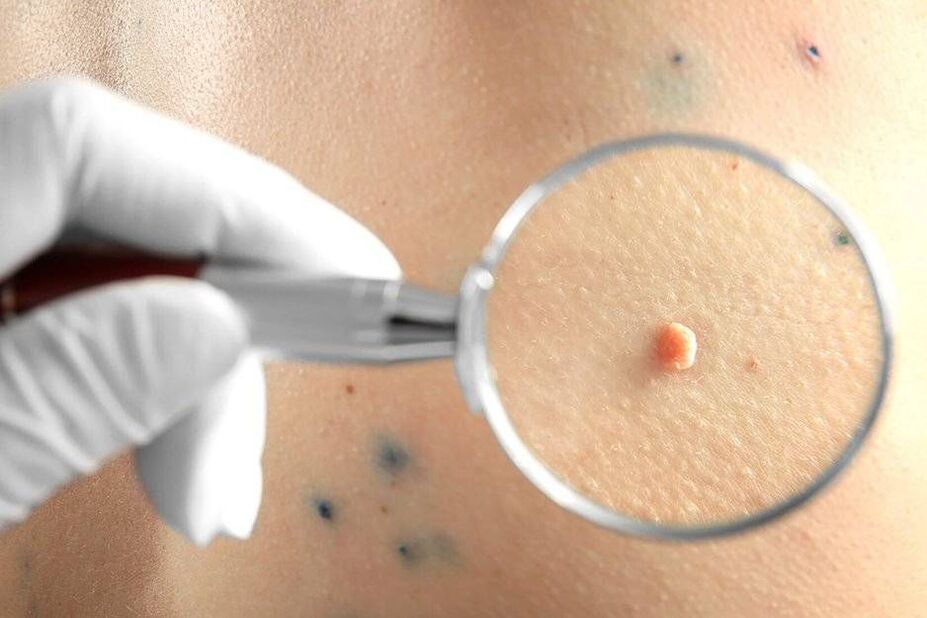
There is currently no effective treatment for HPV. Therapeutic tactics for papillomavirus can be developed in two ways:
- Infection warnings. Unfortunately, even regular use of contraceptives and careful hygiene do not protect a person from infections. Of course, this significantly reduces the possibilities. However, most cases of transmission of the pathogen are recorded in people during adolescence, between 15 and 16 years old. At the age of 25 the first symptoms already appear. For a pronounced effect, prevention should be carried out from an early age.
- Treatment of diseases caused by the human papillomavirus. If the strain causes a malignant or benign formation, then therapy for the identified pathology is required. Papillomas are removed in doctors' or cosmetic offices. Cancerous tumors require complex multi-stage treatment depending on the stage.
Of course, there is good news. Therefore, people who have a normally functioning immune system can cope with HPV on their own within two years. Patients infected during adolescence are free of the viral agent by the age of 30. Unfortunately, those who have recovered do not acquire lifelong immunity.
Forecast
A significant proportion of strains are characterized by low or moderate oncogenicity. Only certain types of viruses are associated with an increased risk of developing cancer. This statistic allows us to give many patients a positive prognosis regarding HPV. Early detection of malignant tumors significantly increases the chances of recovery.
The discovery of a virus that can cause cellular damage has three potential outcomes:
- There is a virus, but it has not yet changed the cellular structure. In this situation, the patient will be classified as a risk group. If a carcinogenic type is identified, regular monitoring by a gynecologist or urologist is required. Additionally, you should be tested periodically.
- Changes in CIN-1 cells were detected in the early stages. Basically, this condition also does not require medical intervention. Typically, a follow-up exam is performed once a year to ensure that the pathology does not progress.
- Pronounced changes were recorded in CIN-1. To exclude dangerous conditions, a biopsy is required. The study will determine if the training is of an oncological nature.
Prevention

You can prevent HPV infection by following key prevention rules. Important:
- Visit doctors in a timely manner. Women are recommended to schedule a visit to the gynecologist 1 or 2 times a year. Men should visit a urologist at a similar time. If you have risk factors (frequent changes in sexual partners, refusal of contraceptives), you should visit the doctor more often.
- Minimize visits to public places: swimming pools, saunas, baths. If this is not possible, it is important to use your own towel, do not pick up other people's razors and do not sit on the surface with your naked body.
- Use contraceptives. Only barrier methods are effective. The use of oral contraceptives does not affect the strains.
- Reject bad habits. Quitting smoking and consuming alcohol in moderation will have a moderate impact on the state of the body.
- Increase the body's immune defense. Proper nutrition, regular physical activity, adherence to a daily routine and exercise have a beneficial effect.
- Avoid stress. Psychoemotional overload can negatively affect the immune system, so it is better to exclude them.
It is important to get tested periodically. If there were situations where an infection could have occurred, then it is best to get an HPV test. There are also people at risk. So:
- patients ages 21 to 30 should have a Pap smear at least once every five years (preferably using liquid cytology);
- People between 30 and 65 years old should have the Pap test to detect HPV every three years and mandatory PCR for oncogenic forms (16 and 18).
HPV in pregnant women

Human papilloma in women, as a rule, does not pose any special risk for having a child. Anogenital warts deserve special attention. They are located not only on the outer lips, but also in the vagina. In some cases, they are also accompanied by a bacterial component. Anogenital warts significantly increase the baby's risk of infection during delivery. This is plagued by:
- Recurrent juvenile laryngeal papillomatosis. A similar situation is caused by four strains of HPV. Generally, the pathology is a consequence of anogenital warts or genital-type HPV.
- Increased risk of developing cancer in adulthood. Infection with the virus at such a young age significantly affects susceptibility to cancer later in life.
Let us dwell in more detail on laryngeal papillomatosis. At the moment, it is not completely known when the transmission of the viral agent occurs. Infection can occur through the placental barrier or directly at the time of birth of the child. The first symptoms of the pathology are hoarseness. In difficult cases, the baby's voice disappears completely and breathing difficulties appear.
The disease is capable of progressing rapidly. A little later, the patient develops a cough and constant shortness of breath. Against the background of HPV, a child may experience suffocation caused by obstruction of the respiratory tract. Most often this happens when there are papillomas on thin legs.
A special medical device called a laryngoscope is used to diagnose the disease. It can be replaced by a bronchoscope. The devices allow us to identify the main sign of pathology: the growth of the larynx (condyloma). Surgical treatment is generally recommended for the child. Condylomas are removed by destruction (freezing) or excision. However, the aggressive nature of the disease often leads to relapses.
A future mother infected with HPV with a high degree of oncogenicity should inform the obstetrician of the prenatal clinic about this. In this case, doctors will take all measures to ensure that the virus does not affect the child's health.


















